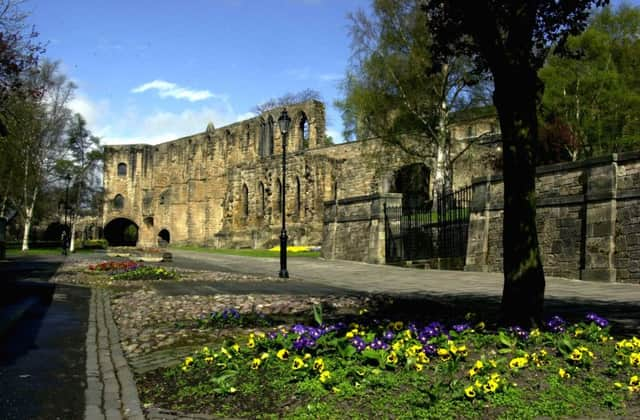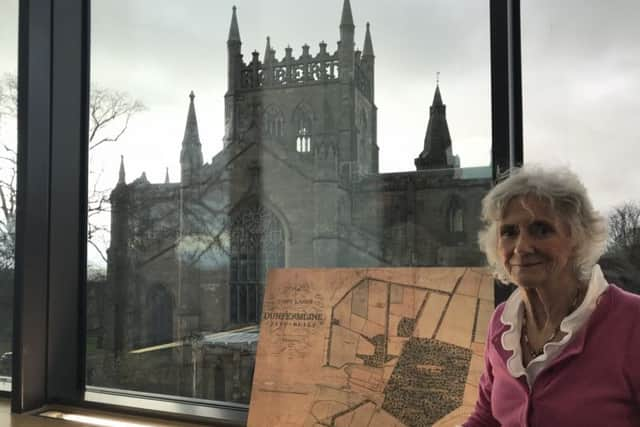How Scotland was transformed by urban development


Drawing on original research into a range of settlements, from villages to cities, author Patricia Dennison has charted how the life of Scots was changed as more and more left small rural hamlets to join the ever-expanding towns.
Her book, The Evolution of Scotland’s Towns, sets out to explain why changes in urban society progressed differently in certain towns and how many had to withstand crisis after crisis.
Advertisement
Hide Ad“Nothing defines the history of the ordinary person in Scotland better than the history of our towns,” she said. “That history cannot be written without the rich resources of local archives and the professional expertise of their archivists.”


In the early medieval age the vast majority of people in Scotland lived on the land they worked to feed themselves and their families. Large scale urban developments were unheard of. Eventually the most important settlements became those with trading rights, known as royal burghs.
It was only in the reign of David I, who died in 1153, that the first true towns began to appear. The first burghs to win royal backing were Berwick-upon-Tweed, then a Scottish possession, and Roxburgh, a now-vanished settlement in the Borders.
By the time of David’s death, around 15 burghs had been founded including Stirling, Dunfermline and Edinburgh - three of the king’s favoured residences.


The growth of these towns would transform Scottish society, with urban dwellers eventually viewing themselves as very different to those in the country.
“Having compiled over 30 individual burgh surveys I could see many themes and events that were repeated in several of the towns although maybe at different stages of development and I could see that the thematic approach may be useful for students and local historians,” Dennison continued. “It might be said that this is the first book of its kind to cover the subjects across Scotland and in such depth.”
Advertisement
Hide AdDennison’s research took her across the country. “I contacted national bodies but I found that the local authorities all over Scotland were extremely helpful in supplying images and information, and the access to the historical records they hold was vital for the coverage,” she added. “I was also fortunate in having permission from several individuals to reproduce their paintings and photographs. In fact – in the end – the amount of evidence available to me was my biggest challenge.”
Dunfermline, one of the original burghs and a royal centre until the early 17th century, is one of those featured in Dennison’s book.
Advertisement
Hide Ad“The thing that interests me about Dunfermline and which is quite contentious is deciding where the original burgh was – I favour the Nethertown area, although others disagree. One of the outstanding features of medieval Dunfermline was the influence of the Abbey and the fantastic medieval water power system. This system was the basis of many of the mills in Dunfermline until the nineteenth century.”